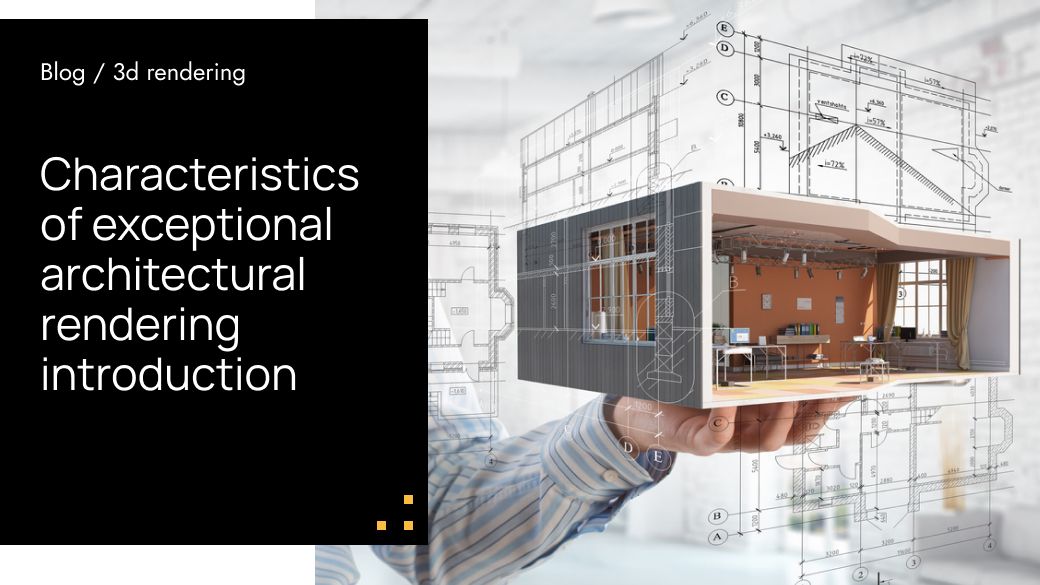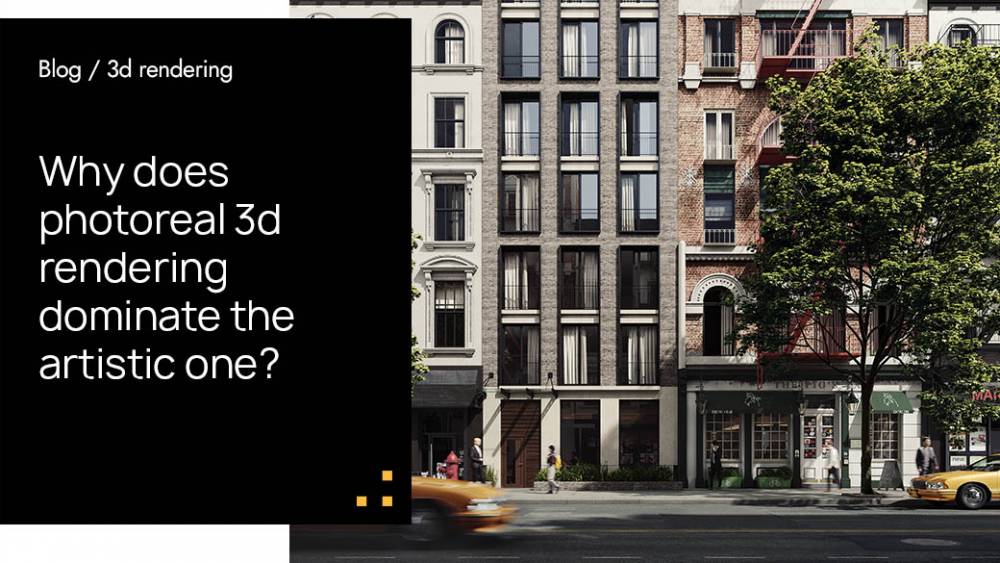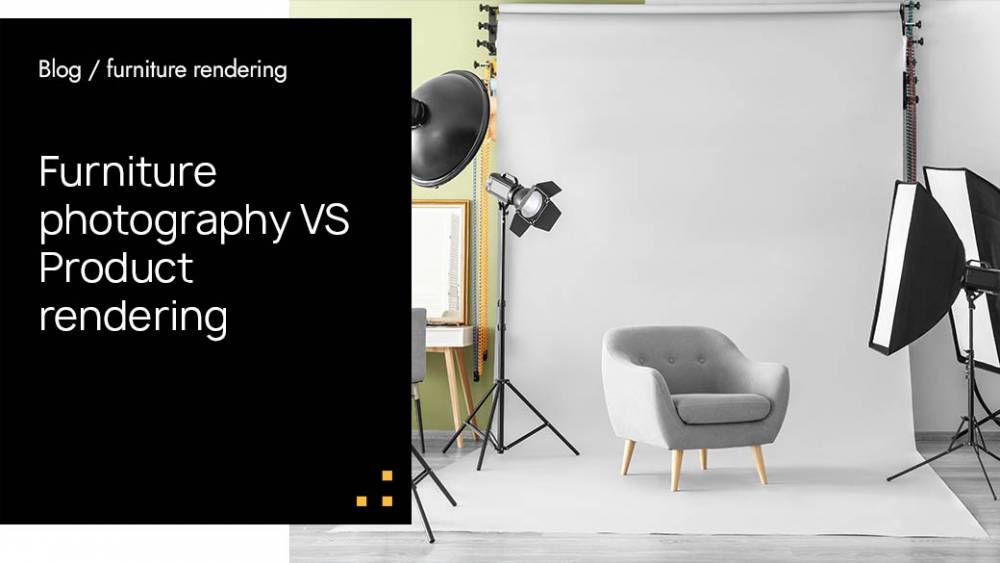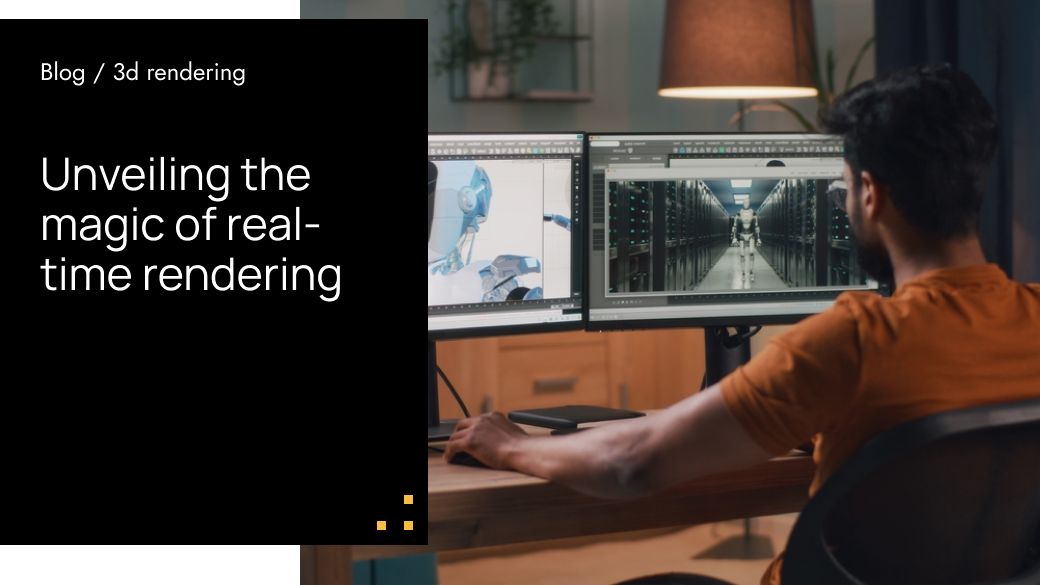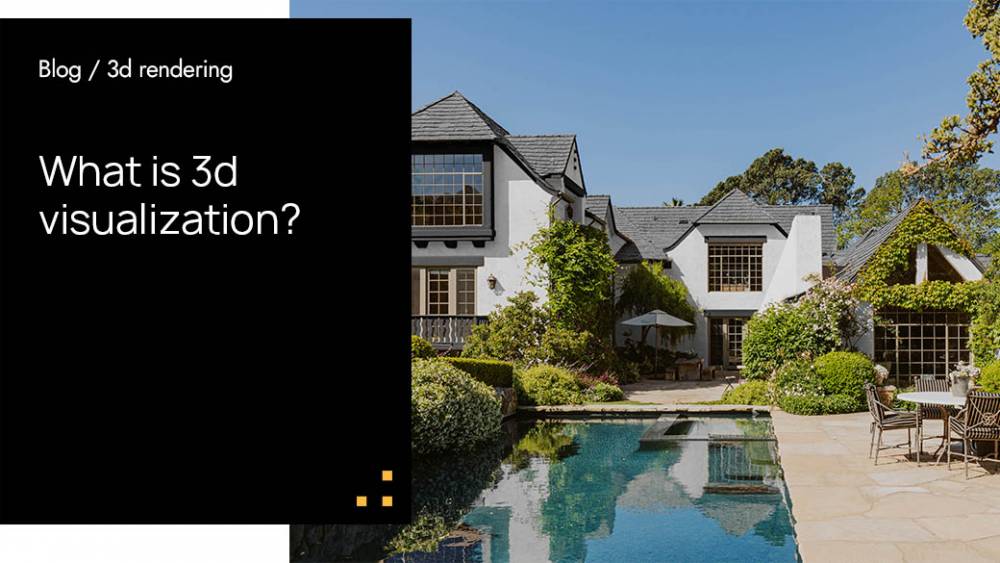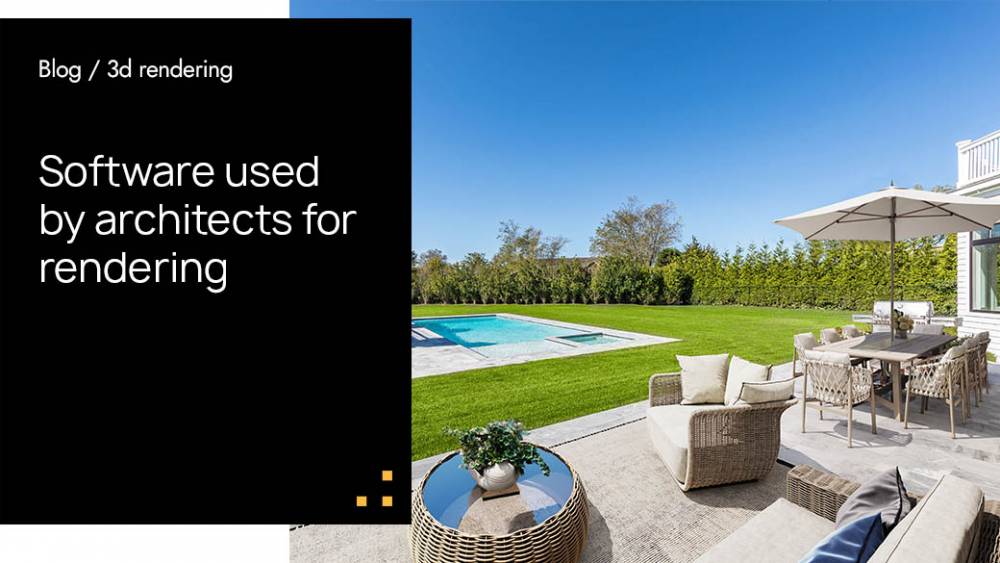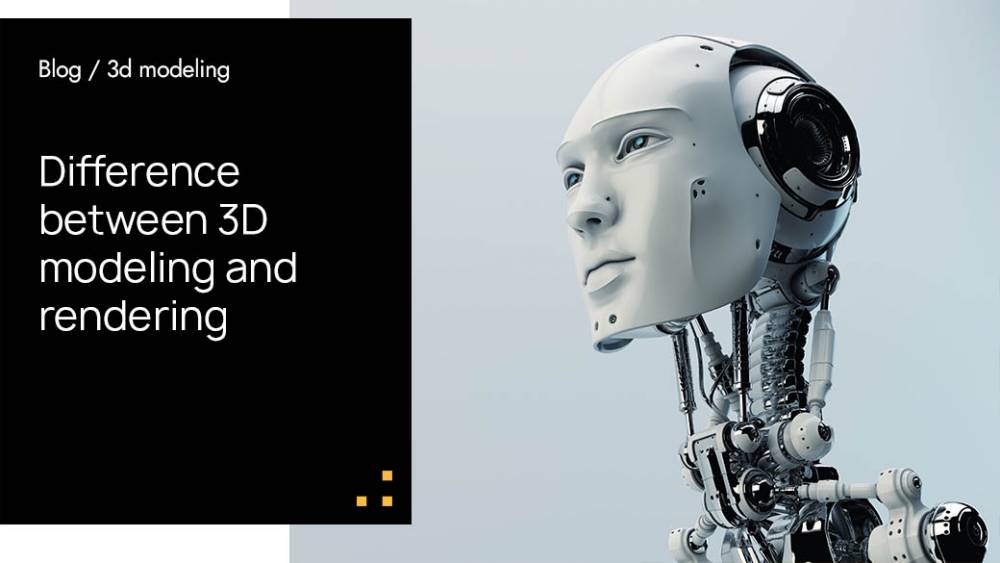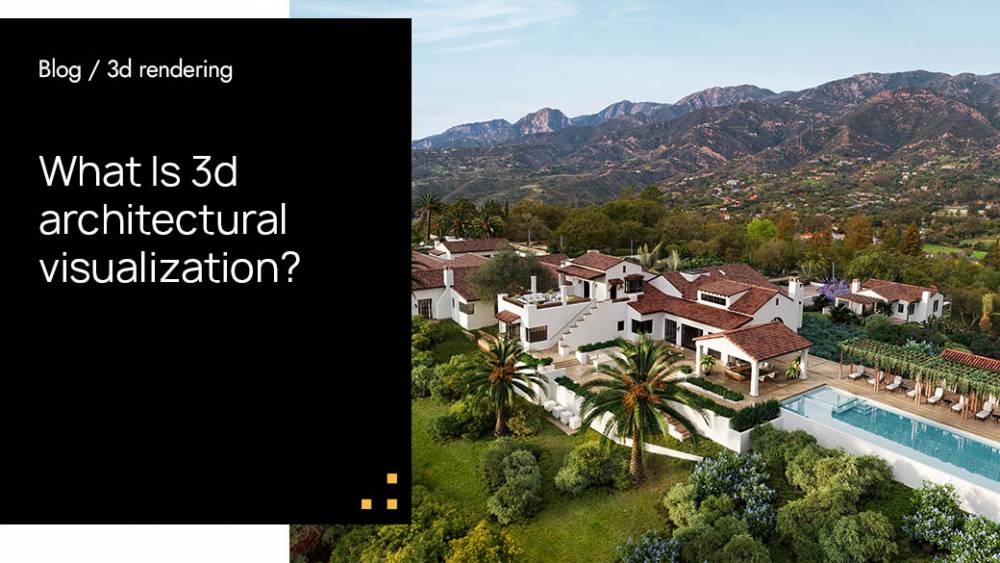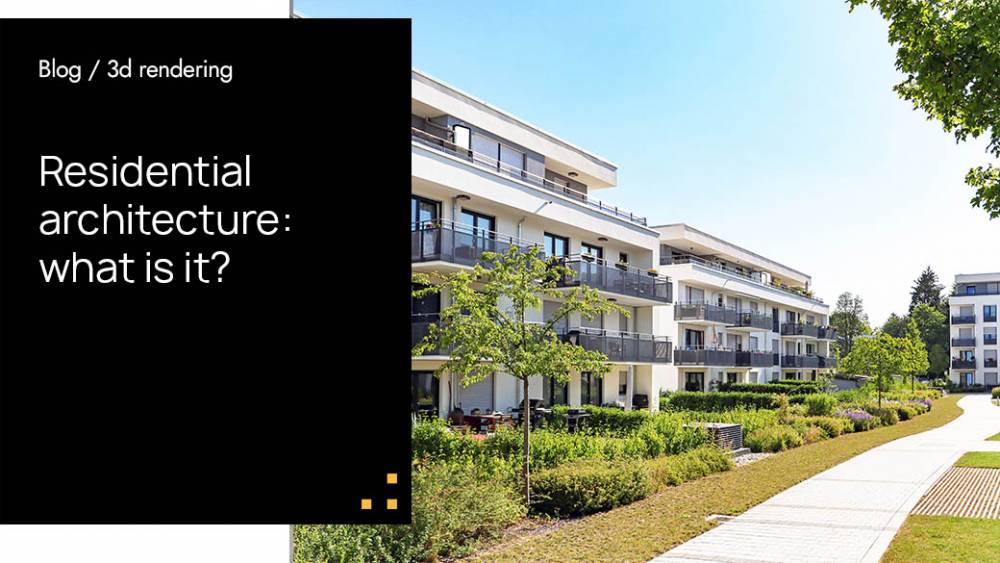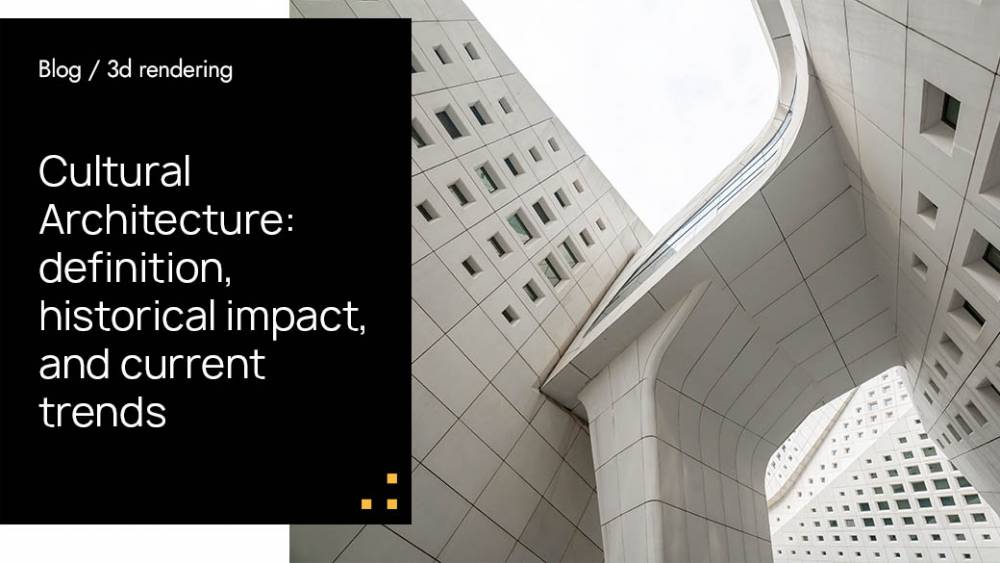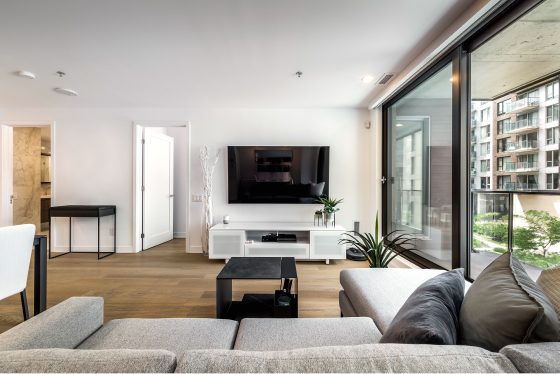Realistic Light Play and Shadows
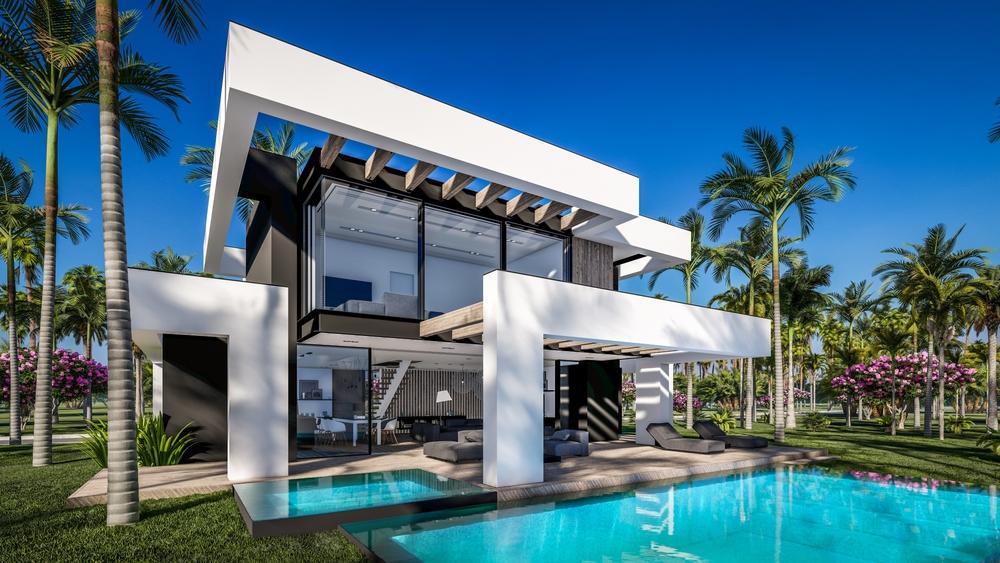
The essence of compelling architectural rendering resides in its capacity to replicate natural lighting and shadows convincingly. Outstanding renders authentically capture the interplay between light and surfaces, yielding a sense of depth and realism. Adept manipulation of lighting phenomena such as soft shadows, reflections, and caustics augments the immersive experience and imbues vitality into the visual narrative.
Authentic Material Depiction
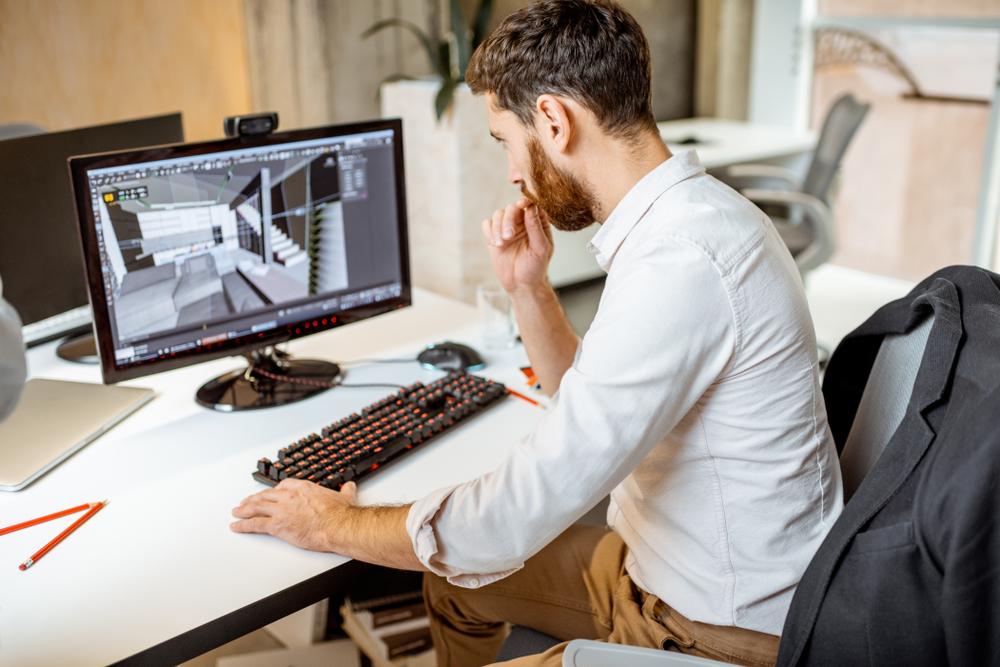
Central to rendering excellence is the portrayal of materials with unerring precision. Superior renders meticulously replicate the texture nuances of various materials—be it the grain of wood, the texture of concrete, or the translucence of glass. Employing sophisticated rendering techniques, artists are able to encapsulate the intricate characteristics of diverse materials, elevating the overall visual authenticity.
Precision in Scale and Proportion

The meticulous adherence to scale and proportion forms the cornerstone of impactful architectural rendering. Precise scaling is not solely pivotal for visual coherence, but also instrumental in elucidating spatial relationships and dimensions. Outstanding renders ensure unwavering adherence to accurate proportions, fostering a lucid comprehension of spatial dynamics.
Seamless Contextual Integration
The seamless integration of the rendered design within its contextual milieu is an emblem of rendering prowess. High-caliber architectural renders assimilate the surroundings, landscaping, and even ambient factors like weather conditions, resulting in a holistic representation. This contextual alignment enriches the viewer's comprehension of the design's harmonious relationship with its environment.
Artful Composition
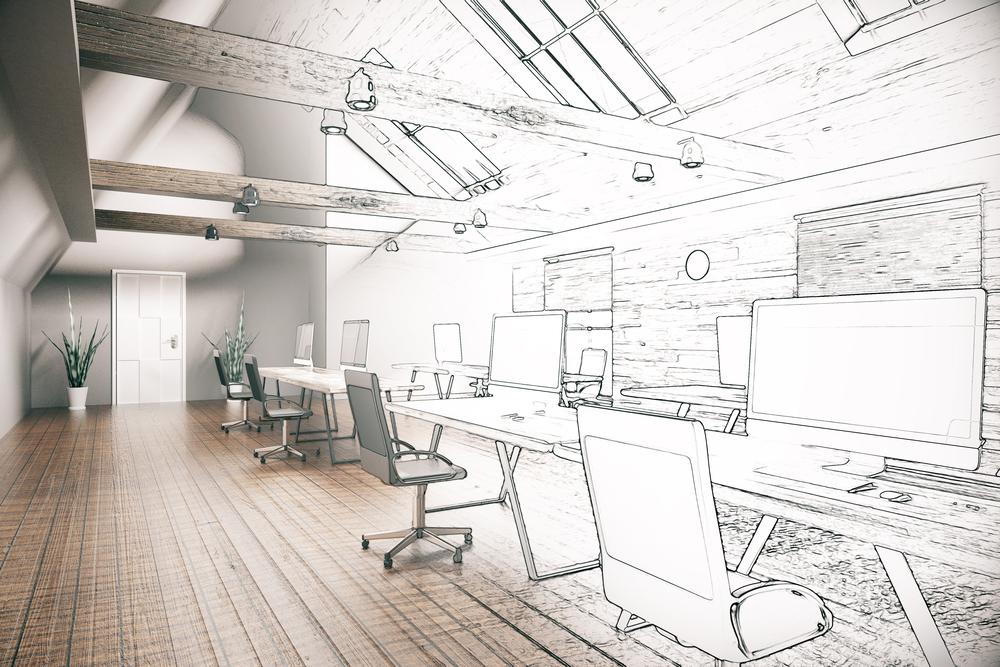
Going beyond technical accuracy, the artful composition significantly shapes impactful renders. Thoughtful placement of focal points, judicious camera angles, and artful perspectives guide the viewer's gaze and narrate the design's story. Remarkable rendering attains equilibrium between the technical requisites of architecture and the artistic principles of visual storytelling.
Detail Finesse
The minutiae can wield an outsized influence on architectural rendering. The meticulous rendering of facets such as façade intricacies, upholstery textures, or interior embellishments augments not only realism but also communicates the architect's meticulous commitment.
Human Inclusion
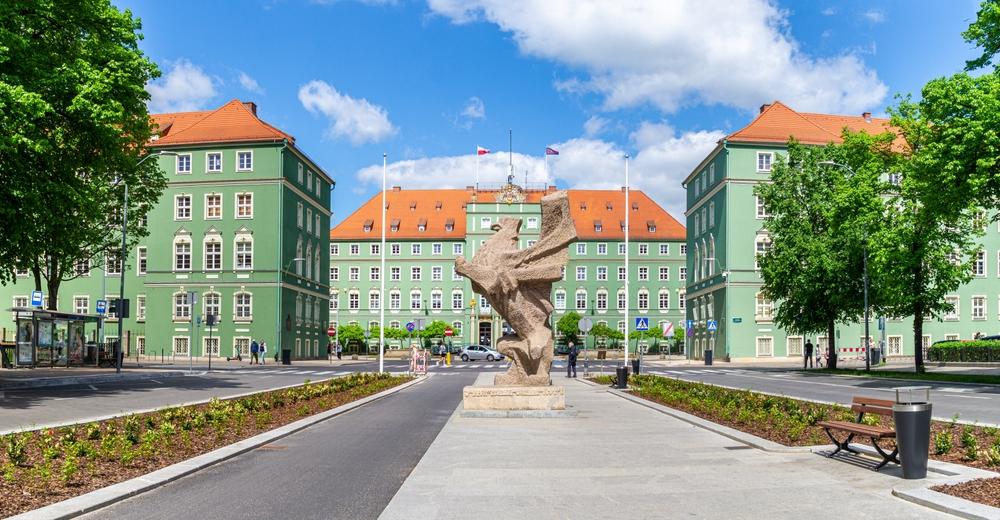
The incorporation of human figures imparts a human touch to architectural renders. Exemplary renders integrate human figures seamlessly, harmonizing their interaction with the environment to offer a palpable sense of scale and functionality. This human presence breathes vitality into the visualization, enabling viewers to envisage the spatial dynamics more comprehensively.
Expressive Ambiance
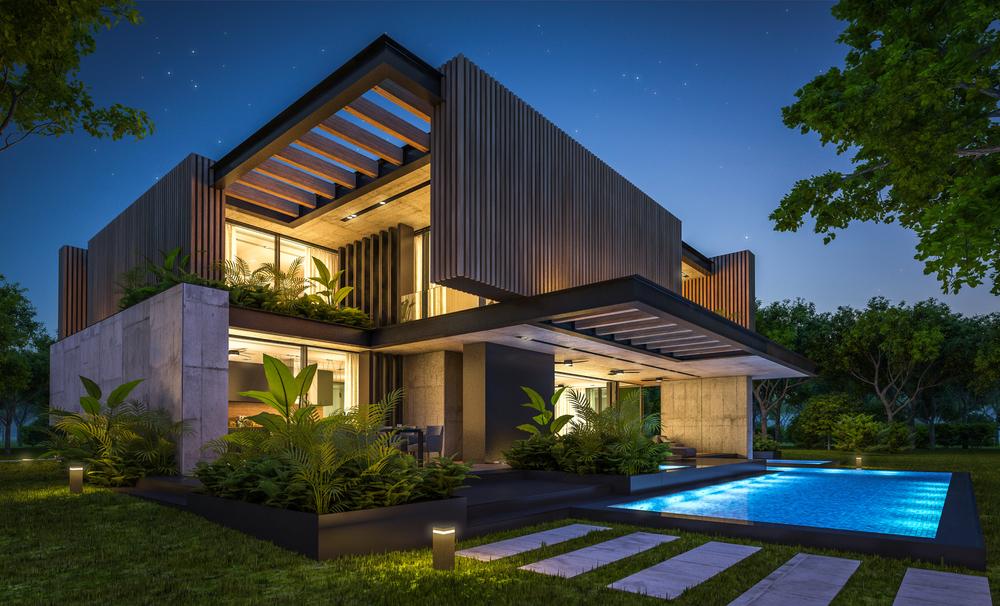
The ambiance and mood are instrumental in architectural rendering. Outstanding renders conjure emotional resonance by meticulously crafting elements such as weather simulations, time-of-day effects, and interior illumination. These atmospheric elements bestow character upon renders and evoke specific sentiments, heightening the overall visual impact.
Technological Confluence
The infusion of advanced rendering technologies, such as ray tracing and real-time rendering, has catalyzed a paradigm shift in rendering standards. These technologies enable a more accurate emulation of light behavior, offering instantaneous feedback during the design phase, thus enhancing efficiency while upholding quality.
Tailored to Client Needs
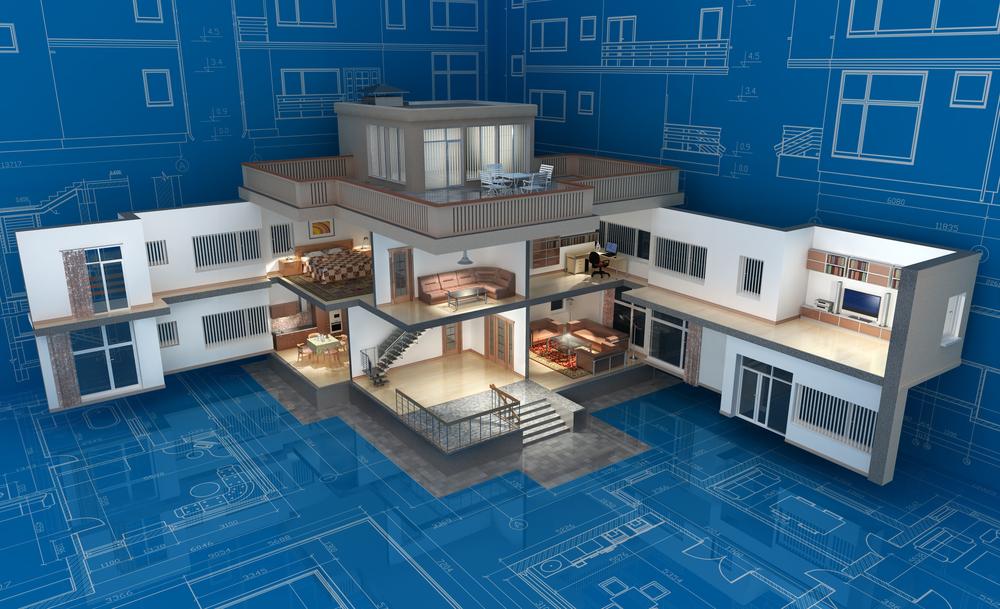
Rendering excellence transcends mere technical fulfillment; it anticipates client requisites. Renders that are customizable, allowing for variations in design elements or finishes, empower clients to make informed decisions grounded in precise visualizations of available options.
Conclusion:
The synergy of technical finesse and artistic prowess in architectural rendering has spawned a multidimensional discipline that bridges the chasm between ideation and actualization. Exceptional architectural rendering surpasses mere representation; it encapsulates the very essence of a design, distilling its intricacies, utilitarian value, and aesthetic allure. By harmoniously choreographing realistic lighting, unwavering material fidelity, and creative composition, rendering metamorphoses abstract concepts into tangible visual narratives. As technological strides persist, the intertwining narrative of technical mastery and creative insight will undoubtedly continue to shape the trajectory of architectural rendering, extending architects and designers an unprecedented canvas for articulating their visionary creations.
